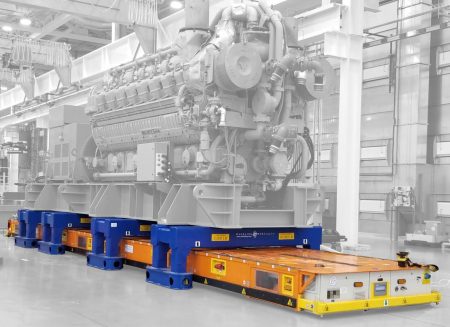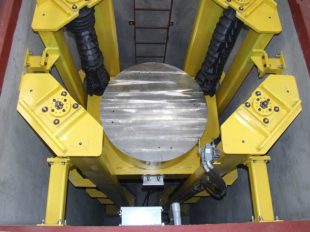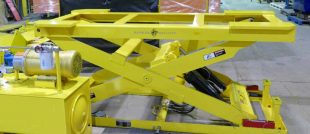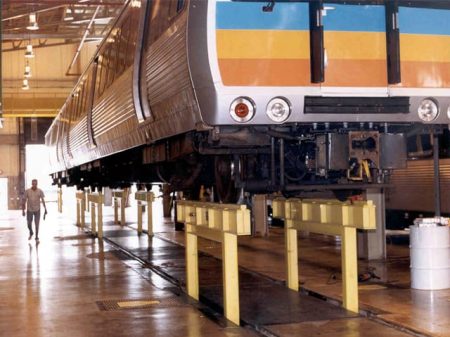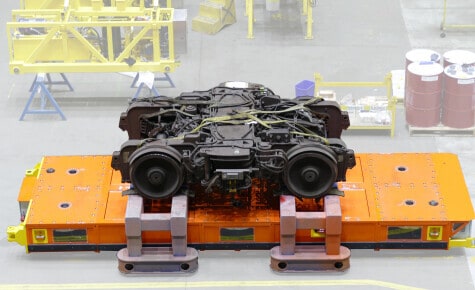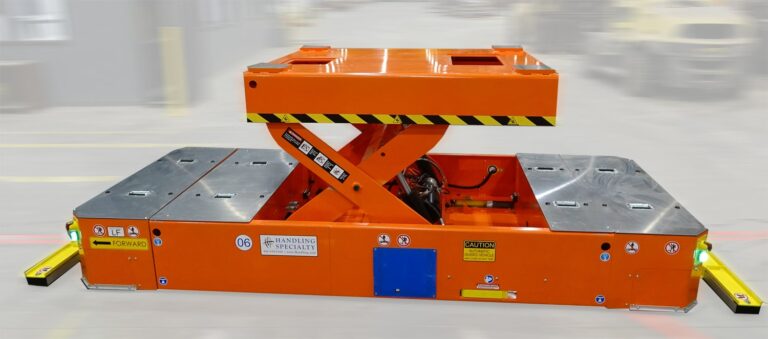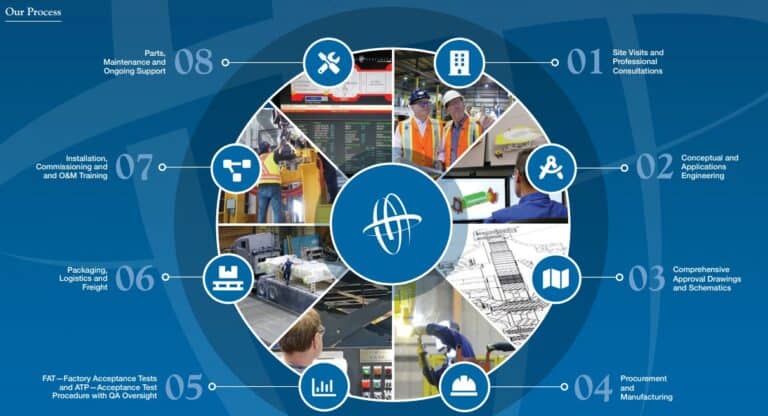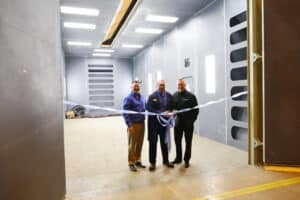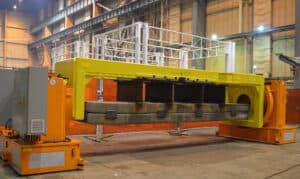The Benefits of Manually Guided Vehicles in Material Handling
Manually guided vehicles (MGVs) are material handling vehicles designed to be controlled by a human operator rather than autonomously, as with automatic guided vehicles (AGVs). MGVs are typically used to efficiently transport heavy materials, products, and equipment in advanced manufacturing factories and for maintenance, repair, and overhaul (MRO) operations. These heavy-duty vehicles are well suited to moving raw materials and work-in-process through various assembly operations and transporting finished goods through paint, inspection, test, and shipping. MGVs have been successfully implemented to safely move diesel engines, gen-sets, aero engines, turbines, cars/trucks, batteries, transformers, railway components, and other large, difficult-to-handle loads.
Unlike AGVs, which utilize advanced navigation, communication, and control systems, MGVs rely on the operator to guide them along their intended traverse path toward their destination. The operator interface is typically through a wireless or tethered pendant with additional operator input devices such as e-stops, power supply disconnects, and HMIs mounted to the vehicle. MGVs can be equipped with specialized tooling and fixtures to secure the load and fully integrated lifts, tilters, rotators, or rollovers for ergonomics and positioning.
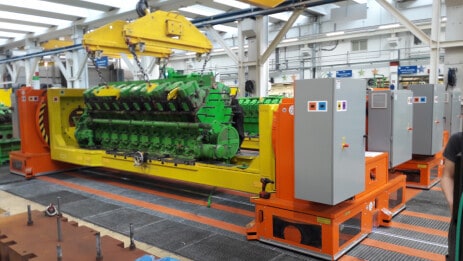
MGVs offer many benefits over traditional overhead cranes and conveyance methods. MGVs are highly flexible and are not restricted to a fixed path, such as with conveyors, rail-guided vehicles, and traditional transfer cars. MGVs can reach areas of the plant that are not accessible by cranes and can move loads from one building to another. Moving large suspended loads via cranes can create unsafe working conditions and disrupt production operations. In contrast, MGVs provide a safe and efficient means to move heavy loads without interfering with ongoing activities. MGVs are designed to provide traditional forward, reverse, and turning capabilities, advanced zero turn radius, and crab positioning. They do not rely on any complicated or expensive navigation or control systems.
MGVs are very well suited to companies looking to add automation to their manufacturing processes without significant upfront capex costs while at the same time providing continuous improvement and flexibility to expand as manufacturing volumes increase. Additional MGVs can be added to a manufacturing line as required, and the traverse path can easily be altered to suit changing production requirements. MGVs can be moved from one area of the plant to another or even relocated between plants as needed. They are not a single-purpose tool; a single MGV can be utilized for many purposes within an organization’s operations. MGVs can be designed for future field modifications and upgraded into AGVs. Guidance devices and safety scanners can be added to the MGVs, and PLC updates, along with a master control system, can allow owners to change their fleet of MGVs into an AGV system.
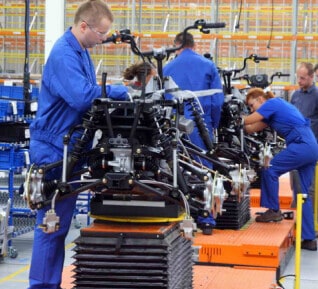
MGVs are a critical tool for many manufacturing and MRO companies, providing a flexible, scalable, and cost-effective means to transport goods, materials, and equipment within their operations. These vehicles are designed and manufactured to meet each facility’s requirements and application needs, optimizing the workflow and improving efficiency, safety, and productivity.
Handling Specialty has more than sixty years of experience in providing custom-engineered material handling solutions to companies in the automotive, rail/transportation, aerospace, power-gen, entertainment, steel/metals, and advanced manufacturing sectors. Handling Specialty provides safe, efficient, and heavy-duty solutions for production applications involving large capacities, high-duty cycles, unique configurations, robust environments, stringent processes, quality, and safety demands. Handling Specialty builds big things to help its customers build big things.
By Michael Roper, Sales Manager, Handling Specialty Manufacturing Ltd.

